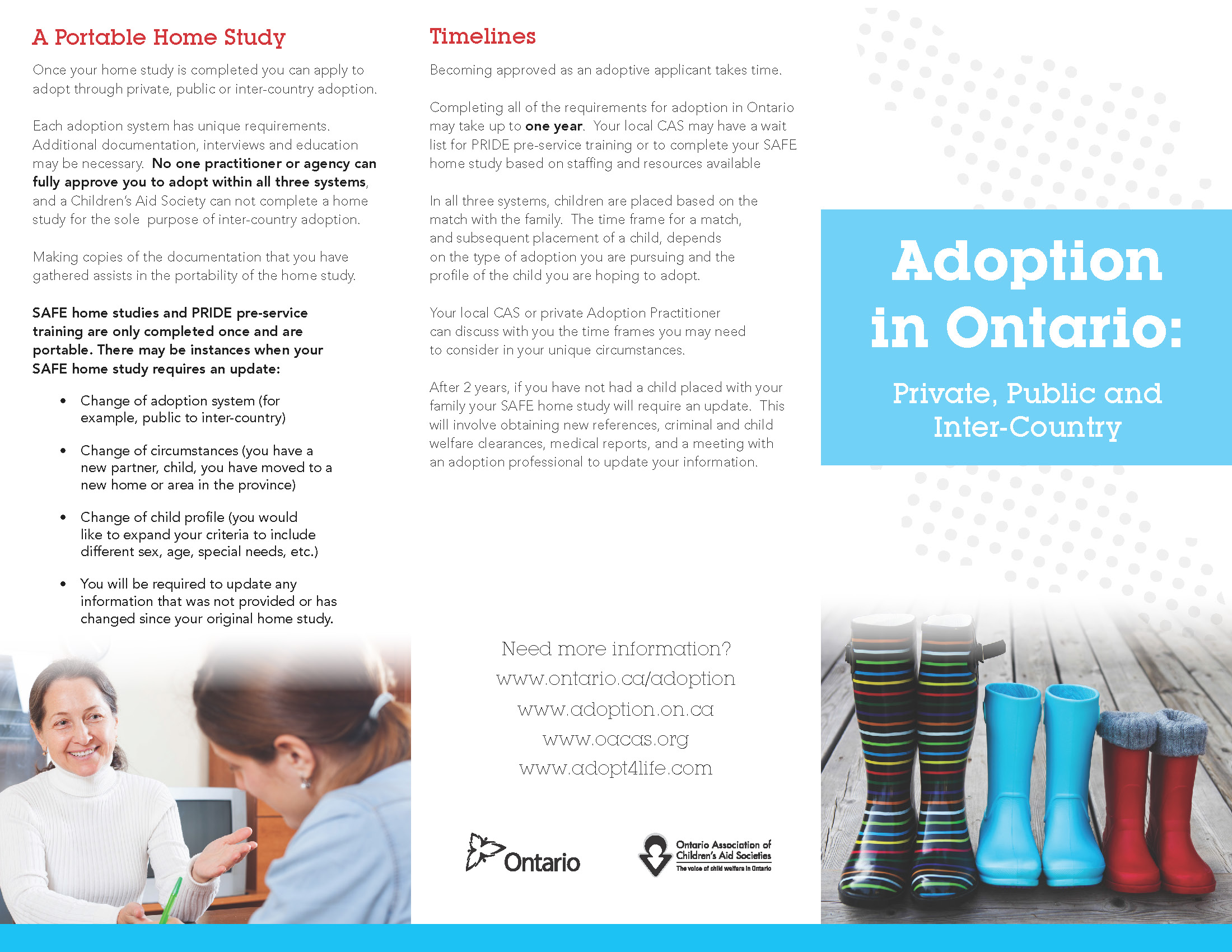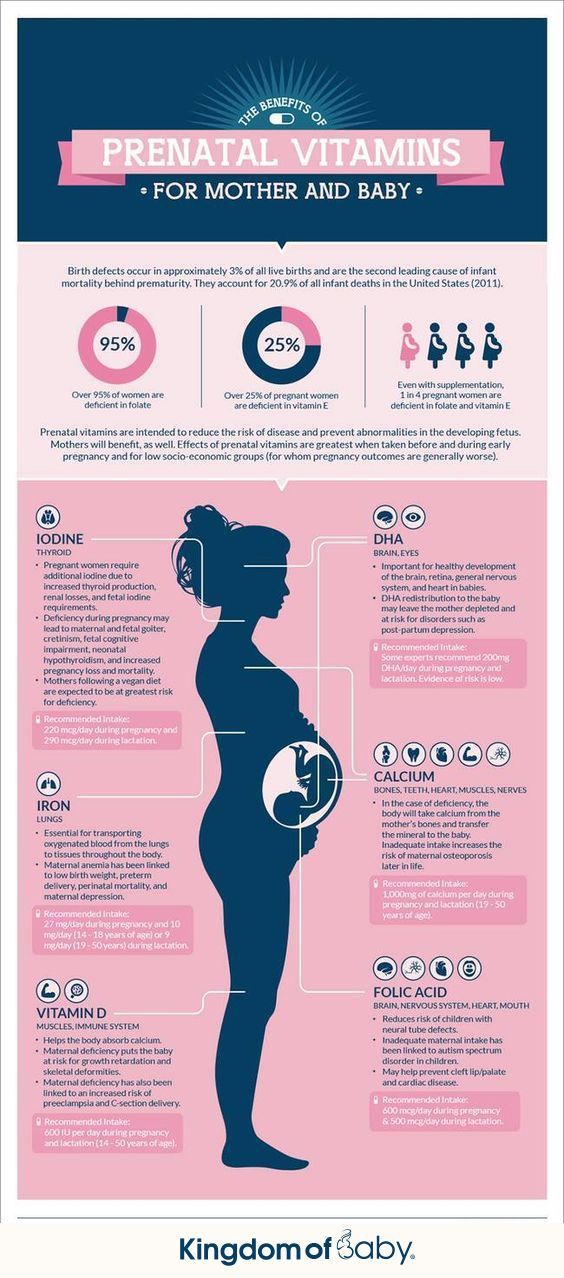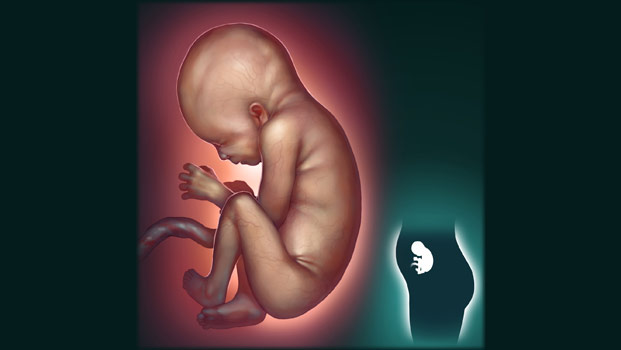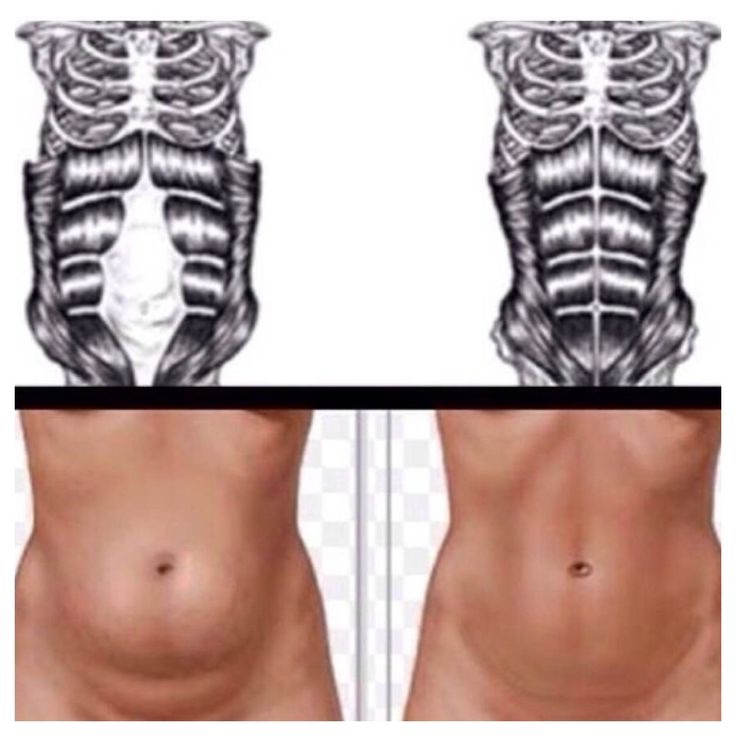Can you go into labor without being dilated
What it means and when will labor start?
Dilating to 1 centimeter does not necessarily mean that labor is only hours or days away. The cervix can be dilated to 1 centimeter for weeks before the beginning of labor. This extent of dilation only signals that the cervix is starting to prepare for labor.
Most pregnant women spend some time wondering when they will go into labor, especially as the due date draws near. When the opening of the cervix starts to widen, this is called dilation, and it is one sign that labor is approaching.
Dilation is typically measured in centimeters (cm). During active labor, the cervix fully dilates to 10 cm.
In this article, we look at what dilation is and what dilating to 1 cm signals. We also describe other signs that labor may start soon.
The cervix is a narrow passage that connects the uterus and the vagina. During active labor, the cervix will dilate until it reaches 10 cm.
By this time, the cervix will already have undergone several changes.
During menstruation, the cervical opening allows the lining of the uterus to exit. During pregnancy, hormones cause the mucus in the cervix to thicken, fill the opening, and form what the medical community calls a mucus plug to protect the fetus.
This plug is in place for most of the pregnancy. However, in the third trimester, the cervix will begin to soften and thin, in a process called effacement. The cervical opening also begins to widen, or dilate.
A healthcare provider usually assesses the extent of dilation and effacement during routine visits. It is not uncommon for a doctor to consider 1 cm of dilation a sign of prelabor.
The time between dilating to 1 cm and giving birth varies from woman to woman.
One woman may go from having a closed cervix to giving birth in a matter of hours, while another is 1–2 cm dilated for days or weeks.
Some women do not experience any dilation until they go into active labor. This means that the cervix is completely closed initially, but it widens to 10 cm as labor progresses. It is especially common in first pregnancies.
It is especially common in first pregnancies.
For other women, especially those who have given birth before, dilation may start a few days or weeks before labor begins.
Dilation alone is not considered a sign of labor. Rather, it is the body’s way of starting to prepare for labor.
Anyone concerned about early dilation should speak with a doctor. The doctor will assess the extent of dilation and any other signs that labor is imminent.
The following are some common signs that labor has begun or will begin shortly:
Contractions
Share on PinterestMore frequent contractions are a common sign that labor has begun or will begin soon.
Contractions are the tightening and releasing of the uterine muscle.
Many women experience contractions throughout a pregnancy. These are common, though they can be concerning if a person is pregnant for the first time.
When contractions happen before labor, the medical community calls them Braxton-Hicks contractions. They are the body’s way of warming up the muscles responsible for delivering the baby.
They are the body’s way of warming up the muscles responsible for delivering the baby.
The key differences between Braxton-Hicks and labor contractions involve their duration, frequency, and associated pain.
If contractions seem to occur randomly and they are painless, they are likely Braxton-Hicks contractions. Contractions that occur close to a due date are usually more frequent, longer-lasting, and painful.
The time between contractions is an important indication of labor. When contractions start to occur regularly and cause pain, let a healthcare provider know.
Losing the mucus plug
When pregnancy begins, a mucus plug seals the opening of the cervix. This plug will break apart and fall away as dilation progresses.
When the plug falls away, it may look like discharge. The color can range from clear to pink, and the plug may be slightly bloody.
A woman may go into labor within a few days or weeks of losing the mucus plug.
Water breaking
When labor is about to start, the membrane surrounding the baby can break and fall away.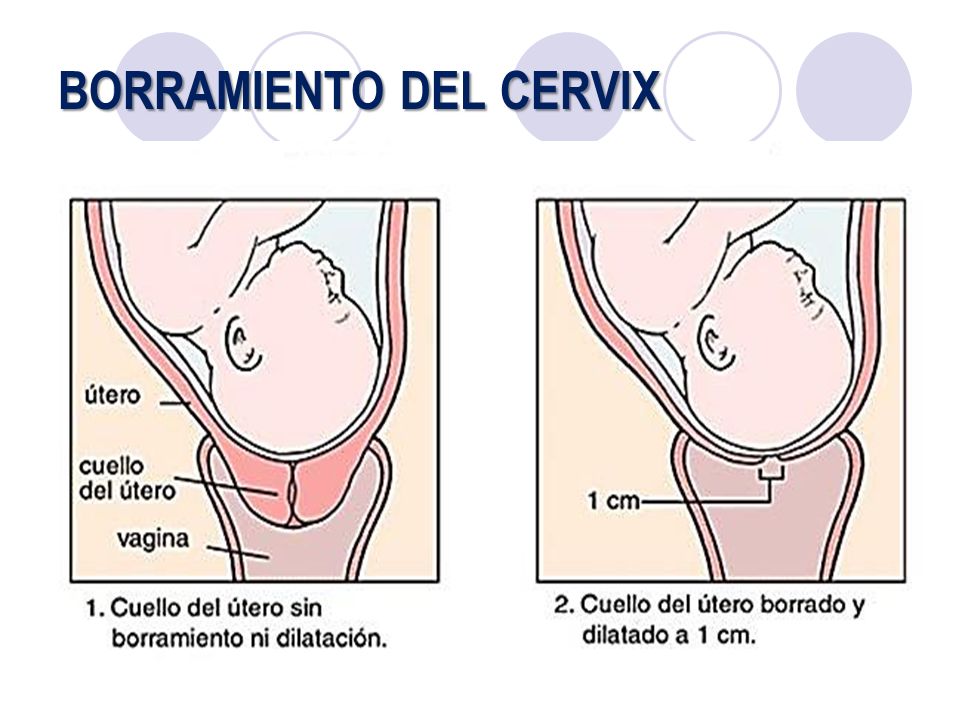 The water breaking is one of the most commonly recognized signs of labor.
The water breaking is one of the most commonly recognized signs of labor.
It can result in a sudden gush of liquid, or only a trickle. Some women may not notice because there is so little fluid.
Notify a doctor about any fluid leakage and other symptoms, such as cramping and contractions.
Lightening
To prepare for labor, the body shifts the fetus closer to the cervix.
The medical community calls this lightening, and it can occur anywhere from a few hours to a few weeks before active labor begins.
Share on PinterestCall a doctor or midwife for advice if you think your cervix may be dilating.
A doctor or midwife usually discovers that the cervix has dilated to 1 cm during a regular exam.
Contact the doctor about any signs of labor, such as regular contractions, cramping, or the water breaking.
Depending on the extent of dilation, the doctor may recommend resting in bed or avoiding strenuous activity.
In a 2015 review, researchers studied the outcomes of 82 women admitted to the hospital for preterm labor. They found that 48 percent of the women who arrived with 0–2 cm of dilation delivered within the first 48 hours of admission. For the women to qualify, they had to be between 24 and 34 weeks pregnant.
They found that 48 percent of the women who arrived with 0–2 cm of dilation delivered within the first 48 hours of admission. For the women to qualify, they had to be between 24 and 34 weeks pregnant.
Though the study was small, it suggests that dilating to 1 cm before the 37th week may be a risk factor for preterm labor.
Anyone experiencing signs of labor before the 37th week should speak to a healthcare provider as soon as possible.
If a person is having Braxton-Hicks contractions, the following tips can help:
- resting while lying on the back
- drinking more water
- emptying the bladder
- taking a warm shower or bath
In most cases, having 1 cm of dilation for a few weeks before delivery will cause no complications. It does not necessarily mean that a woman will go into labor immediately or even the next day.
Dilation is just one of many ways that the body prepares for labor. It alone does not mean that labor is imminent.
However, dilating to 1 cm very early in pregnancy can be a sign of preterm labor, and it is important to discuss this with a doctor.
Labor: Six Signs You'll Soon Be There - Consumer Health News
×
Fact Checked
HealthDay operates under the strictest editorial standards. Our syndicated news content is completely independent of any financial interests, is based solely on industry-respected sources and the latest scientific research, and is carefully fact-checked by a team of industry experts to ensure accuracy.
- All articles are edited and checked for factual accuracy by our Editorial Team prior to being published.
- Unless otherwise noted, all articles focusing on new research are based on studies published in peer-reviewed journals or issued from independent and respected medical associations, academic groups and governmental organizations.
- Each article includes a link or reference to the original source.

- Any known potential conflicts of interest associated with a study or source are made clear to the reader.
Please see our Editorial and Fact-Checking Policy for more detail.
Editorial and Fact-Checking Policy
HealthDay Editorial Commitment
HeathDay is committed to maintaining the highest possible levels of impartial editorial standards in the content that we present on our website. All of our articles are chosen independent of any financial interests. Editors and writers make all efforts to clarify any financial ties behind the studies on which we report.
Bonitas/Shutterstock
Just as every pregnancy is different, every delivery is unique. Some women get no clues that labor is around the corner, and then -- wham! -- here it comes. Others have telltale signs for weeks, maybe even a false start or two, before the real thing begins.
The simple truth is, there's no way to predict exactly when you'll go into labor.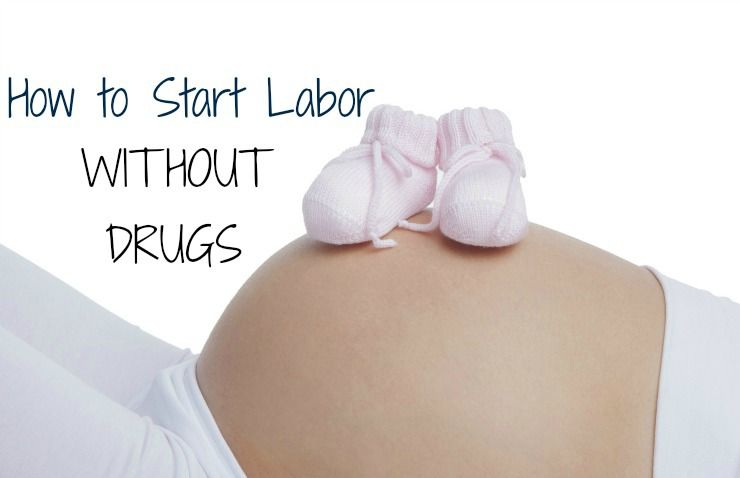 In fact, no one even knows for sure what triggers the big event, although hormones are thought to play a part. Still, there are at least six concrete clues that your baby is preparing to make his or her grand entrance into the world.
In fact, no one even knows for sure what triggers the big event, although hormones are thought to play a part. Still, there are at least six concrete clues that your baby is preparing to make his or her grand entrance into the world.
1. Lightening: You can breathe easy again.
"Lightening" is the technical term for the point when your baby drops lower in your belly and settles deep in your pelvis. For first-time moms, lightening can occur a few weeks before your baby's birth; for second-timers it may take place only a few hours before labor begins. You may feel the baby drop, or you might notice that there is now space between your breasts and abdomen.
The good news here is that you may get some relief from the shortness of breath you've been experiencing, since this shift takes pressure off your diaphragm. The bad news is that it puts more pressure on your bladder, so you may be visiting the bathroom more than you ever thought possible. Some mothers feel more pressure on their pubic bones or can even see in the mirror that their belly has lowered after lightening; others may be unaware of any difference.
2. Effacement: Your cervix ripens.
Your cervix -- the lower, narrow end of the uterus that protrudes into the vagina -- softens as it's preparing for labor. This process, known as "ripening" or effacement, usually begins during the last month of your pregnancy. By the time the big day rolls around, your cervix will have stretched from around 1 inch in width to paper thinness. Your doctor or midwife may start checking for gradual effacement during your last two months of pregnancy with internal exams during your prenatal visits. Effacement is measured in percentages: Zero percent means no effacement; 100 percent means you're fully effaced.
3. Dilation: Your cervix opens.
As your baby's birthday approaches, your cervix begins to dilate, or open up. Dilation is checked during a pelvic exam and measured in centimeters (cm), from 0 cm (no dilation) to 10 cm (fully dilated). Typically, if you're 4 cm dilated, you're in the active stage of labor; if you're fully dilated, you're ready to start pushing.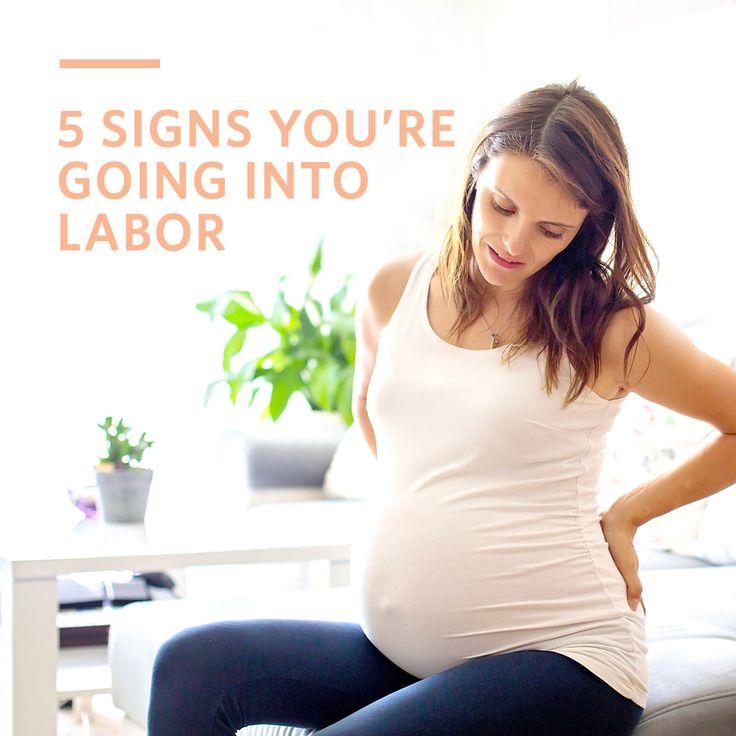 Your health practitioner will probably check for dilation and fill you in on your progress during your prenatal visits in the later stages of your pregnancy.
Your health practitioner will probably check for dilation and fill you in on your progress during your prenatal visits in the later stages of your pregnancy.
4. Bloody Show: Your mucus plug dislodges.
It's not as gross as it sounds, nor as bloody. Although it's termed the "bloody show," this telltale sign of impending labor occurs when the thick plug of mucus that seals off your cervix and prevents bacteria from entering the uterus during pregnancy gives way. Despite its name, the "mucus plug" doesn't resemble a cork (there will be no popping sound!). It's more like thick or stringy discharge that you may pass in a clump into the toilet or your underwear. The discharge can appear as pink, brownish, or slightly bloody in color. The bloody show usually debuts either a few days before your labor starts or at the very beginning of labor, although many women go into labor before it appears.
5. Rupture of membranes: Your water breaks.
Not everyone will have the dramatic "Oh my God, my water just broke!" scene from a Hollywood movie.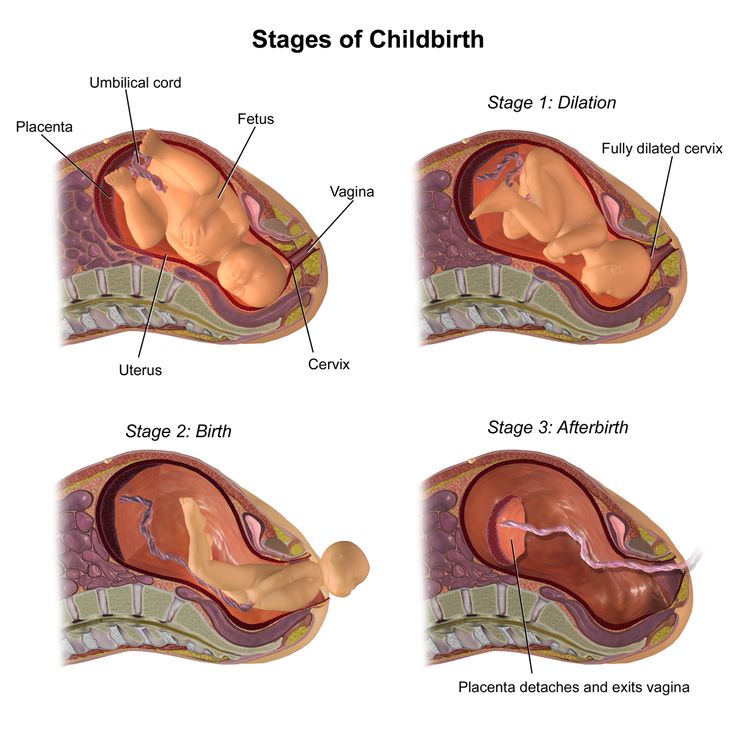 The fact is, when the sac of amniotic fluid that surrounds and protects your baby during pregnancy breaks, it's more likely to leak from your vagina in a gentle trickle than it is to break the floodgates. The so-called "rupturing of the membranes" can happen at the very start of labor or during the first stage of labor. Usually the doctor, midwife, or nurse will break your water before you become completely dilated, if it hasn't broken by then. This allows them to learn if you have any problems that would impede the baby's safe delivery. Contractions usually become much more intense after your water breaks, and the labor goes faster.
The fact is, when the sac of amniotic fluid that surrounds and protects your baby during pregnancy breaks, it's more likely to leak from your vagina in a gentle trickle than it is to break the floodgates. The so-called "rupturing of the membranes" can happen at the very start of labor or during the first stage of labor. Usually the doctor, midwife, or nurse will break your water before you become completely dilated, if it hasn't broken by then. This allows them to learn if you have any problems that would impede the baby's safe delivery. Contractions usually become much more intense after your water breaks, and the labor goes faster.
Your physician or midwife should evaluate you and your baby as soon as possible after your water breaks. That's because the baby is at risk of developing an infection in the uterus once the protective fluid is gone. Doctors also advise that women not have sex after their water breaks to avoid introducing any bacteria into the uterus. Your practitioner will want you to have your baby within a day or two after your water breaks.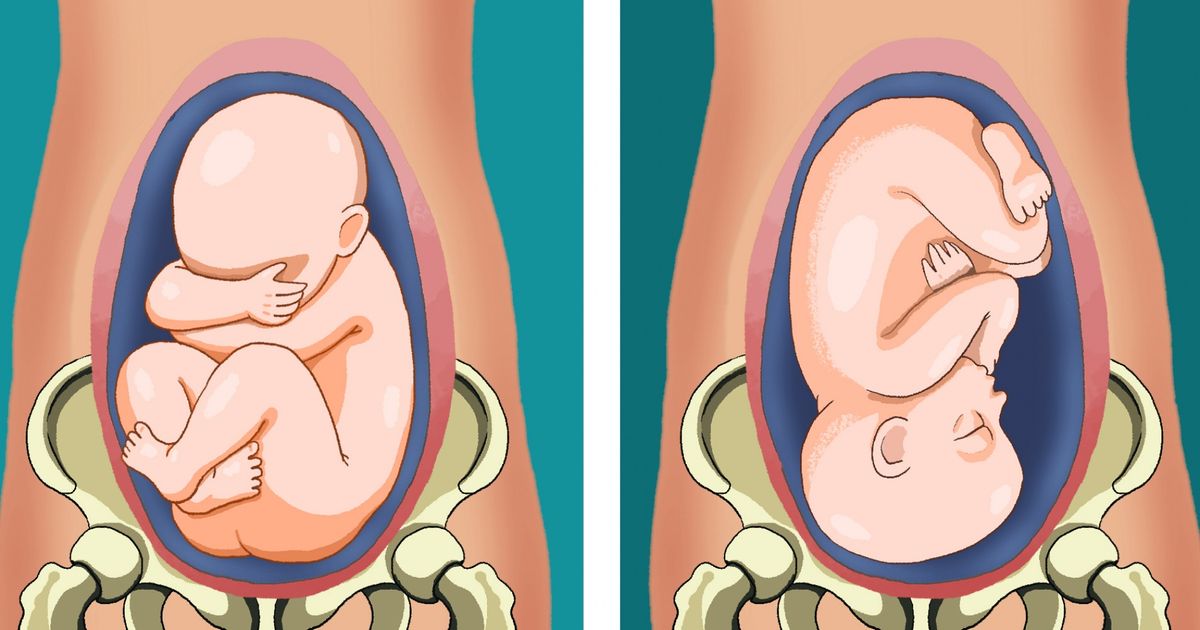
If you are close to your due date, your water breaks, and you don't go into labor on your own within a relatively short period of time, you will need to have labor induced. If your labor doesn't begin within a specific time period, your physician may want to bring on (induce) labor. How long your health practitioner is comfortable waiting before inducing will depend on your individual situation.
Be sure to tell your health care team if your "water" isn't clear. If your amniotic fluid is greenish in color or smells bad, it could signal either an infection or meconium (essentially baby feces), either of which could cause problems for your baby. Also, if you're leaking liquid but aren't sure whether it's amniotic fluid or urine (some pregnant women leak urine at the tail end of their pregnancies), you should have it checked by your health practitioner so you know what you're dealing with.
6. Consistent contractions: When your labor really gets going.
Contractions are strong, rhythmic, regular cramps that feel like a bad backache or extreme menstrual pain. These little doozies, if they're the real thing, are the most reliable of all the signs and officially mark the onset of labor.
These little doozies, if they're the real thing, are the most reliable of all the signs and officially mark the onset of labor.
A contraction occurs when your uterus tightens and then relaxes. Real contractions usually start in the back of your body and move toward the front. These movements open the cervix and help push the baby into the birth canal. True contractions come closer and closer together in a predictable pattern and last around 30 to 70 seconds each. They get steadily stronger and keep coming, regardless of what you do.
You and your health practitioner should come up with a game plan ahead of time about when you should call and what you should do if you suspect you're in labor. Most practitioners will probably tell you to call when you have contractions that last for around one minute and occur every five minutes for about an hour, but this could vary greatly depending on your health history and past pregnancy record. Women who have given birth before may have a quicker labor the second or third time around, so it's important not to wait too long to call if you think things might go quickly. Be sure to discuss this with your doctor or midwife. To time the frequency of contractions, start at the beginning of one and count until the beginning of the next one.
Be sure to discuss this with your doctor or midwife. To time the frequency of contractions, start at the beginning of one and count until the beginning of the next one.
You should definitely call your practitioner if:
- You are less than 37 weeks pregnant and are showing any signs of pre-term labor.
- Your water breaks or you think you're leaking amniotic fluid.
- You have vaginal bleeding, fever, or severe or constant pain.
- Your baby stops moving or begins to move less.
When in doubt, call your practitioner. Even if you're not sure if your signs add up to the beginning of labor, it doesn't hurt to check in. Your doctor or midwife can give you concrete advice and help you determine if this is the moment you've been waiting for. Congratulations!
References
American Pregnancy Association. Signs of Labor, 2021. https://americanpregnancy.org/healthy-pregnancy/la...
Mayo Clinic.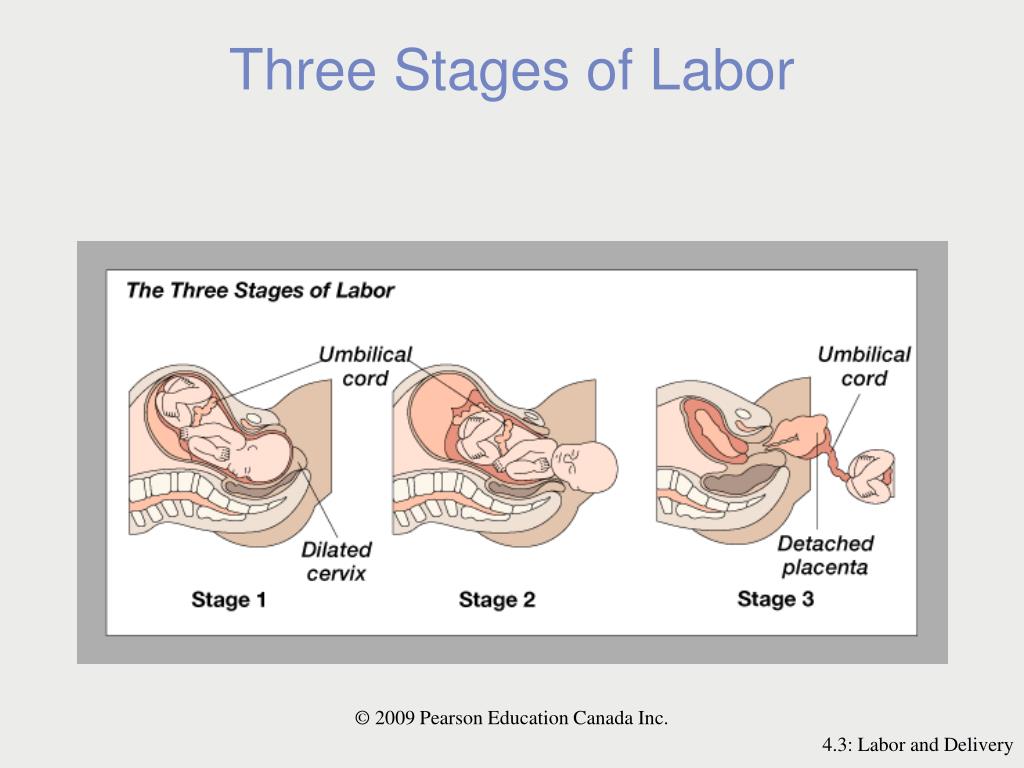 Signs of Labor: Know what to expect. May 14, 2019. https://www.mayoclinic.org/healthy-lifestyle/labor...
Signs of Labor: Know what to expect. May 14, 2019. https://www.mayoclinic.org/healthy-lifestyle/labor...
Whitsett, J.A. et al. Hydrophobic Surfactant Proteins in Lung Function and Disease. New England Journal of Medicine. Volume 347:2141-2148. https://www.nejm.org/
How Do I Know I'm in Labor? FamilyDoctor.org, a publication of the American Academy of Family Physicians. https://familydoctor.org/know-im-labor/
American Pregnancy Association. Stages of Childbirth: Stage I. http://www.americanpregnancy.org/labornbirth/first...
American Pregnancy Association. Stages of Childbirth: Stage II. http://www.americanpregnancy.org/labornbirth/secon...
Merck Manual. Management of Normal Labor. http://www.merck.com/mmpe/sec18/ch360/ch360d.html
This story may be outdated. We suggest some alternatives.
The content contained in this article is over two years old. As such our recommendation is that you reference the articles below for the latest updates on this topic.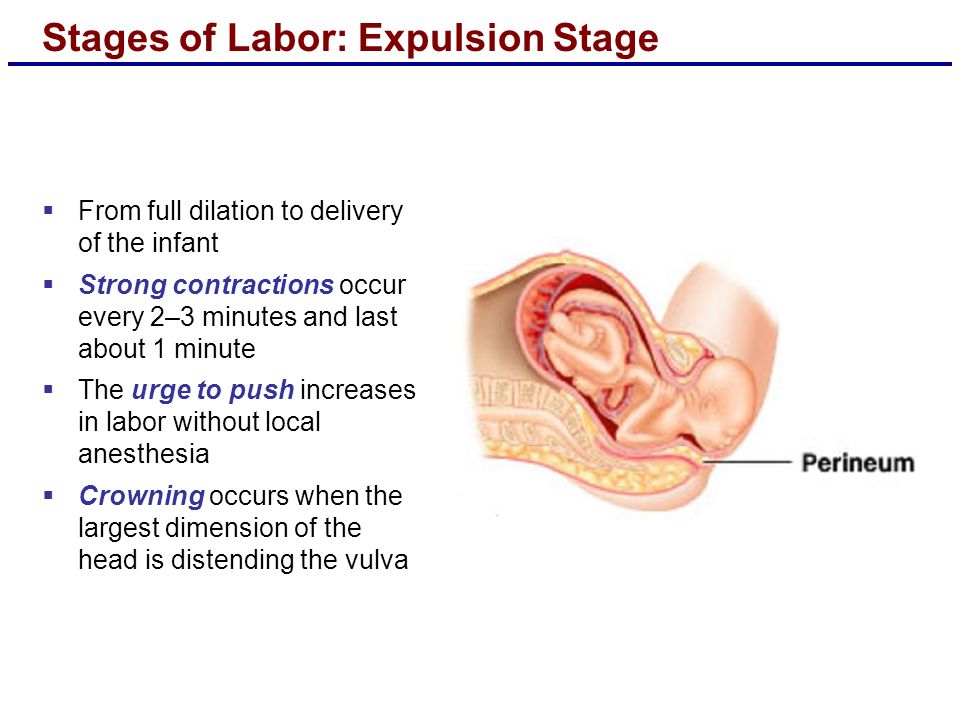 This article has been left on our site as a matter of historic record. Please contact us at [email protected] with any questions.
This article has been left on our site as a matter of historic record. Please contact us at [email protected] with any questions.
Read this Next
Other Trending Articles
This website is certified by Health On the Net Foundation. Click to verify.
Important to know - Petersburger's health
The total duration of childbirth and their course
The total duration of childbirth depends on many factors: age, physique and physical condition of the woman, her psychological mood, the speed of cervical dilatation, first pregnancy or repeated, the size of the child, the type of presentation and a number of other points.
Labor activity proceeds differently for all women, but the main periods of childbirth are clearly distinguished: 1st period - the period of contractions, the longest and most intense, 2nd period - the direct birth of a baby, 3rd period - the birth of the afterbirth (placenta).
First stage of labor (opening period)
As the name implies, during this period there is a gradual opening of the cervix as a result of regular contractions of the uterine muscles.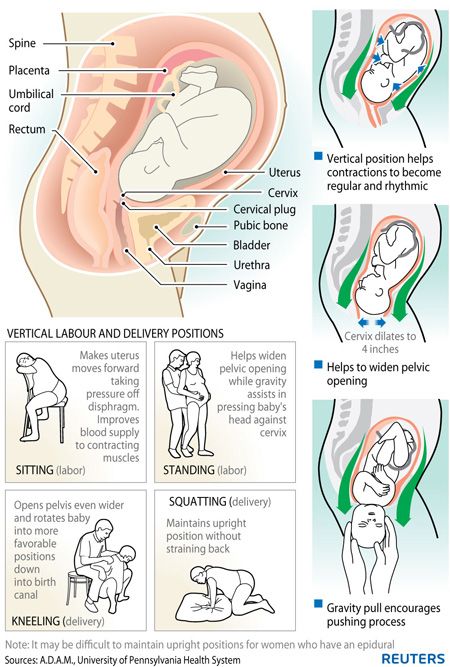 Contractions occur with a decreasing interval, while they themselves become longer and more frequent.
Contractions occur with a decreasing interval, while they themselves become longer and more frequent.
The dilation period is the time elapsed from the onset of regular contractions until the cervix is fully dilated. During this period, the birth canal is prepared for the passage of the fetus through them with all the fetal formations.
Cervical dilatation occurs gradually: at first the cervix is smoothed out, then the pharynx opens up to 3-4 cm and at the end of the first stage of labor up to 10 cm. This is already a complete dilatation of the cervix. With it, during contractions, the fetal bladder becomes tense and bursts at the height of one of them, the anterior portion of amniotic fluid is poured out.
The first stage of labor is the longest and consists of three phases:
1. Latent phase (lasts 5-6 hours). It is characterized by the establishment of regular contractions, with an interval between them of 10-15 minutes. Latent, or hidden, this phase is called because the contractions of the uterus during it are painless or slightly painful.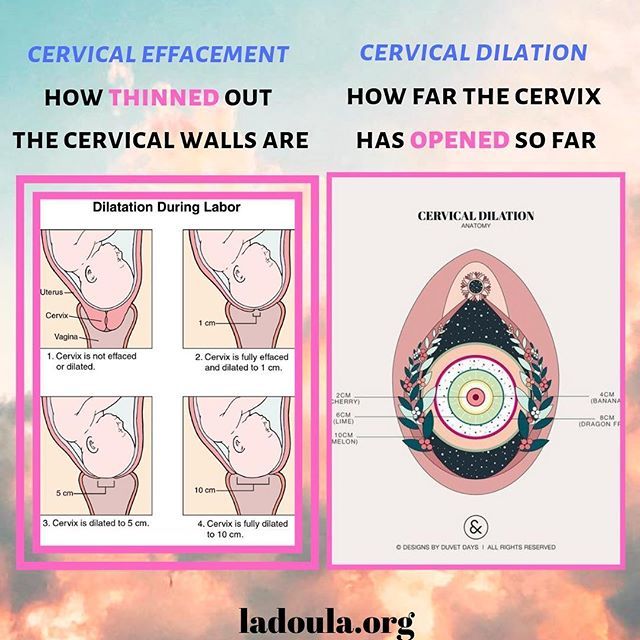 By the end of the phase, the cervix is definitively flattened and opens about 4 cm.
By the end of the phase, the cervix is definitively flattened and opens about 4 cm.
2. Active phase (lasts 3-4 hours). Contractions become more intense, last at least 20 seconds, and the interval between them is reduced to 5-6 minutes. Normally, during the active phase, amniotic fluid is poured out, which contributes to a more rapid full disclosure of the uterine pharynx. By the end of the phase, the uterus opens by 8 cm. This phase is not always clearly manifested, but it is nevertheless distinguished due to the usual weakening of contractions during disclosure from 8 to 10 cm. The child's head descends and stands in the narrow part of the small pelvis, which necessitates a slower and smoother process. Already in the transitional phase, the woman in labor feels the desire to push, to push the baby out. But in order for the head to pass through the birth canal without the risk of injury, it is necessary to achieve cervical dilatation up to 10 cm.
Second stage of labor (exile period)
The period of exile is the time from the moment of full opening of the pharynx until the birth of the fetus.
It is the second stage of childbirth that is their culmination, because for a short time (compared to contractions) the long-awaited birth of the baby takes place.
After the discharge of amniotic fluid, contractions temporarily stop. The volume of the uterine cavity decreases, the uterine cavity and vagina appear as a single birth canal. Contractions reappear and become more intense. They are joined by attempts - contractions of the muscle press (abdominal wall, diaphragm and pelvic floor). The frequency and intensity of contractions and attempts are constantly increasing. The head descends and compresses the nerves of the sacral plexus. A woman has a strong desire to squeeze the head out of the birth canal, she is looking for supports for her arms and legs to strengthen her efforts.
Pushing is a lot of physical work. During attempts, a woman experiences maximum physical stress (blood pressure rises, pulse and respiration become more frequent). During the attempts, the woman holds her breath, and in the intervals between them she rests and "gathers her strength for a new attempt. "
"
In the process of one of the attempts, the head is born. Next, the shoulders are born (first the front, then the back) and the torso. Following the fetus, the posterior amniotic fluid is poured out with an admixture of cheese-like lubricant.
A woman in labor, having experienced severe fatigue, rests after hard work (pulse and respiration rate decrease).
Third stage of labor (postpartum period).
The afterbirth period is the time from the birth of the fetus to the birth of the placenta. During this period, the placenta separates from the walls of the uterus and the birth of the placenta (placenta with membranes and umbilical cord).
In the process of separation of the placenta from the walls of the uterus, the uteroplacental vessels are damaged, which is normally accompanied by blood loss in the amount of 100-200 ml, without adversely affecting the woman's condition. After the birth of the placenta, the uterus contracts sharply, becomes dense, which is necessary to stop bleeding in the area of the placental site; its bottom is in the middle between the womb and the navel.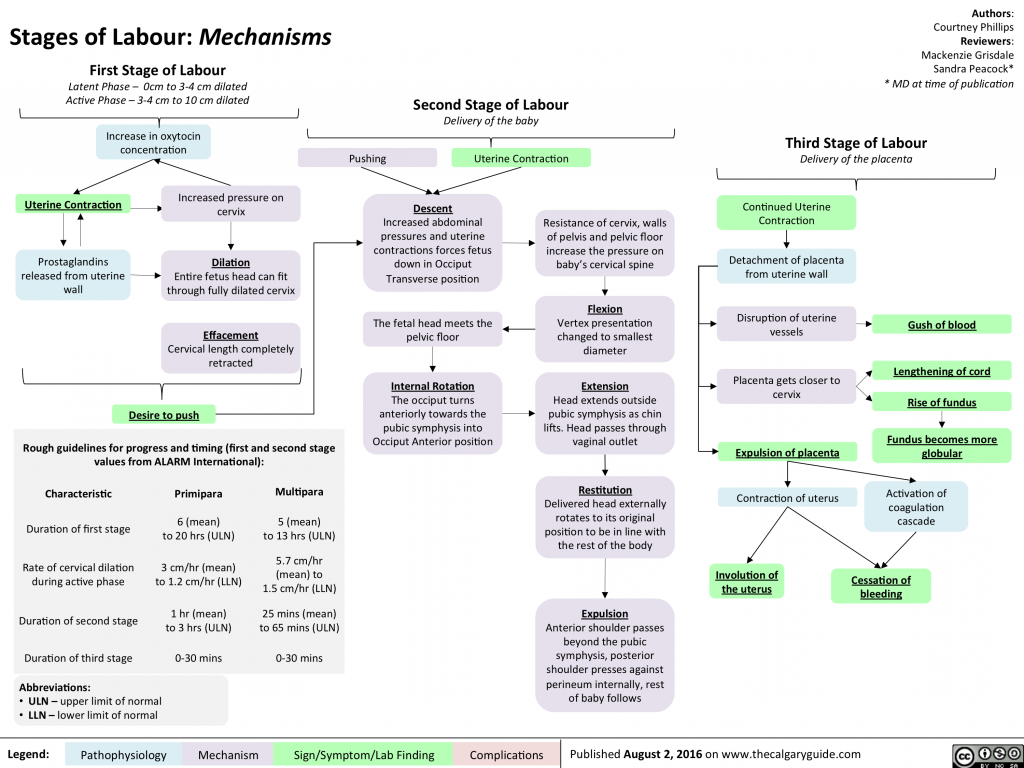
During this period, the woman's pulse and respiration normalize. Her demeanor is calm. Sometimes chills can be observed (as a reaction to the transferred strong physical stress).
The third period is no longer as exciting and tense as the previous two. The child was born and the matter remains for the small - the separation of the placenta, or placenta. Nature provides for the resumption of contractions a few minutes after the birth of the baby, which is necessary for effective exfoliation from the uterus of the tissues that nourished the fetus during pregnancy (placenta, membranes, umbilical cord).
Three periods of physiological labor - the natural end of a nine-month wait. Most likely, during the birth process itself, the woman in labor will not care what the period or phase of childbirth is now, but it is still desirable to know about them, at least for greater certainty before going to the hospital.
What will help in childbirth - articles from the specialists of the clinic "Mother and Child"
Vovk Lyudmila Anatolyevna
Reproductologist, Obstetrician-gynecologist
Clinical Hospital Lapino-1 "Mother and Child"
We walk and dance
If earlier in the maternity hospital, with the onset of labor, a woman was put to bed, now obstetricians, on the contrary, recommend that the expectant mother move. For example, you can just walk: the rhythm of steps soothes, and gravity helps the neck to open faster. You need to walk as fast as it is convenient, without sprinting up the stairs, it’s better to just “cut circles” along the corridor or ward, from time to time (during the aggravation of the fight) resting on something. The gait does not matter - you can roll over like a duck, rotate your hips, walk with your legs wide apart. It is worth trying and dancing, even if you think that you do not know how. For example, you can swing your hips back and forth, describe circles and figure eights with your fifth point, sway in a knee-elbow position. The main thing is to move smoothly and slowly, without sudden movements.
For example, you can just walk: the rhythm of steps soothes, and gravity helps the neck to open faster. You need to walk as fast as it is convenient, without sprinting up the stairs, it’s better to just “cut circles” along the corridor or ward, from time to time (during the aggravation of the fight) resting on something. The gait does not matter - you can roll over like a duck, rotate your hips, walk with your legs wide apart. It is worth trying and dancing, even if you think that you do not know how. For example, you can swing your hips back and forth, describe circles and figure eights with your fifth point, sway in a knee-elbow position. The main thing is to move smoothly and slowly, without sudden movements.
Showering and bathing
For many people, water is a great way to relieve fatigue and tension, and it also helps with painful contractions. You can just stand in the shower, or you can lie down in the bath. Warm water will warm the muscles of the back and abdomen, they will relax, and the birth canal will relax - as a result, the pain may decrease. Well, if it does not decrease, then in any case, the water will relieve stress and at least for a while distract from the pain. So if there is a shower or jacuzzi bath in the delivery room, do not be shy and try this method of pain relief for contractions. The only thing is that the water should not be too hot, even if it seems that heat helps to better endure contractions.
Swinging on the ball
Until recently, fitball (rubber inflatable ball) in the rodblock was something outlandish, and today is found in many maternity hospitals. And if you find a fitball in your rodblock, be sure to use it. You can sit on the ball astride and swing, rotate the pelvis, spring, roll from side to side. You can also kneel down, lean on the ball with your hands and chest and sway back and forth. All these movements on the ball will relax the muscles, increase the mobility of the pelvic bones, improve the opening of the neck, and reduce the pain of contractions.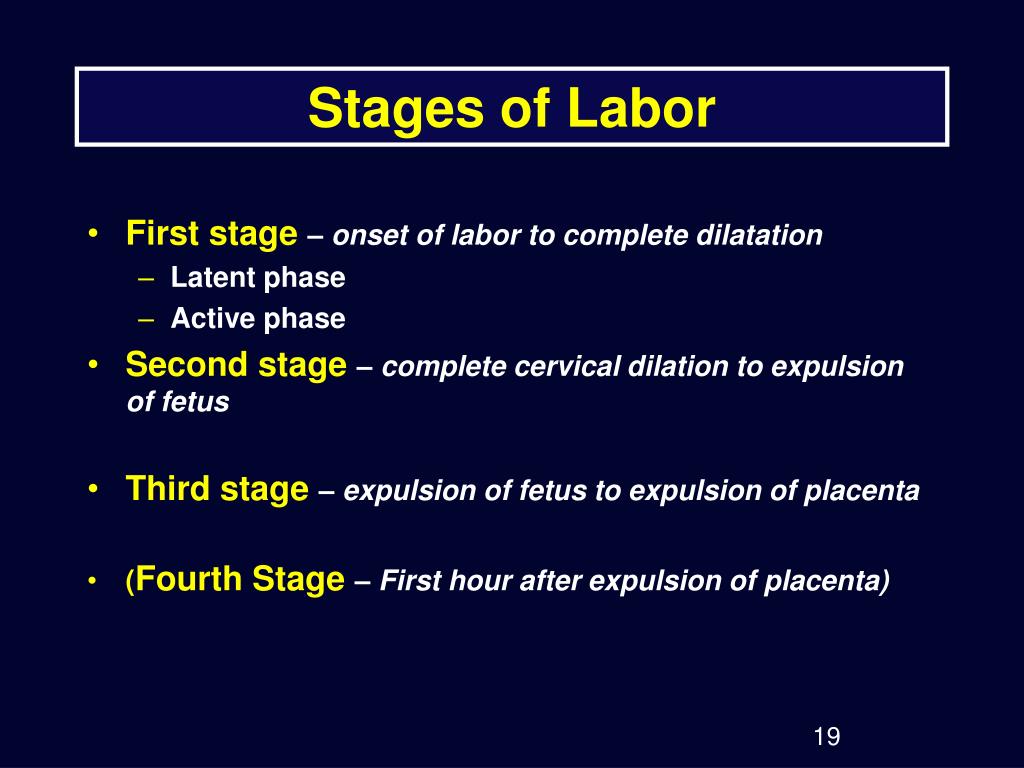 Also, while the woman is sitting on the ball, her partner (usually the husband) can give her a neck massage for extra relaxation.
Also, while the woman is sitting on the ball, her partner (usually the husband) can give her a neck massage for extra relaxation.
To be more comfortable, the ball should be soft, slightly deflated, and large, with a diameter of at least 75 cm. Such a ball cannot be rolled off and does not interfere with the progress of the baby's head.
Hanging on a rope or wall bar
When the contractions become very strong and painful, you can take poses in which the stomach is, as it were, in a “suspended” state. Some advanced maternity hospitals have wall bars and ropes attached to the ceiling for this. During contraction, you can hang on them, as a result, the weight of the uterus will put less pressure on large blood vessels, and this will improve uteroplacental blood flow. In addition, in the “suspended” position, the load from the spine will be removed, which will also reduce pain.
Do not hang on a rope or a wall only if there is a desire to push, and the cervix has not yet opened and the efforts must be restrained.
Lying comfortably
If a woman in childbirth wants not to move, but, on the contrary, to lie down, then, of course, she can lie down. In modern maternity hospitals, instead of traditional ones, there are transforming beds: you can change their height, lower or raise the headboard or foot end, adjust the tilt level, push or push some part of the bed. There are also handrails in transforming beds (to use them to rest or even hang on them), and leg supports, and retractable pillows, and special backs - in general, everything in order to fit the bed under you and take it with it comfortable position. Moreover, this can be done without any physical effort - using the remote control.
We use everything we have
In any roadblock, even if it is minimally equipped, you can still find something useful. For example, if during a fight you want to take a position with a support, you can lean forward and rest against something that turns up under your arm - a table, a headboard, a window sill. The main thing is that the support must be very stable. You can also get on all fours in the “cat pose” and focus on your hands, and to make it more convenient, put a pillow and a folded blanket under your chest. If you want to hang on something (and there is no rope or wall) and your husband will be nearby, you can use postures that allow you to transfer body weight to him: for example, hang on your husband’s neck. In general, it is worth showing imagination and adapting any item in the rodblock to your needs.
The main thing is that the support must be very stable. You can also get on all fours in the “cat pose” and focus on your hands, and to make it more convenient, put a pillow and a folded blanket under your chest. If you want to hang on something (and there is no rope or wall) and your husband will be nearby, you can use postures that allow you to transfer body weight to him: for example, hang on your husband’s neck. In general, it is worth showing imagination and adapting any item in the rodblock to your needs.
And don't be shy about looking stupid during childbirth. No one in the delivery room cares about how you move or lie down as long as it helps you get through your contractions, so calmly find your comfortable position.
Giving birth in an uncomfortable position is both difficult and inefficient. So memorize and rehearse some poses beforehand, and if there are any fixtures in the rodblock, try using them. Something of this will definitely help you to comfortably and easily survive childbirth.

